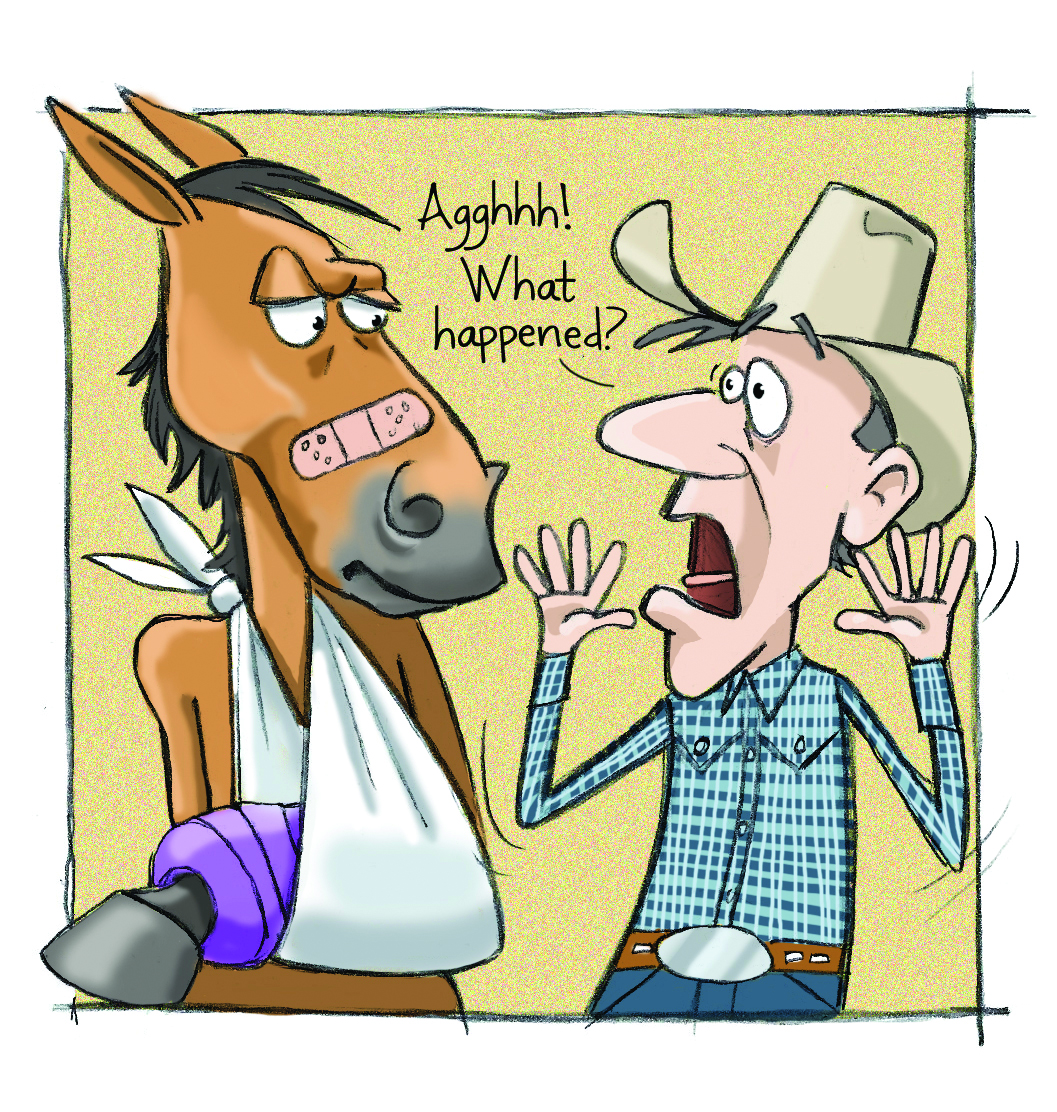Learn to handle the five most common client-trainer conflicts.
By Kelley Forseth, With Alexis Bennett

Dinners; long days and nights at shows; and hours of exchanges about the horse, performances, life, and riding often blur the lines between what’s professional and what’s personal with trainers and clients. When something goes wrong, it can make it difficult to confront the issue because you don’t want to change the relationship. Conflict and difficult conversations never get easier, but you can get better at handling them.
In this series, I’ll analyze five common trainer/client conflicts and the reactions you might have to them, from least and most desirable. Aim for the best response possible when dealing with clients, and know that sometimes it’s not always achievable. They are:
Part 4: Better-Than-the-Rest Billie
Bubble-Wrap Barb
The situation: You’re ultra-conscientious with your client’s gelding. This horse is your client’s pride and joy, and you take extra measures to keep the client happy, even though some requests are a bit extreme. After a show, you’ve arranged to have the horse driven home by another trainer. Your client agrees to it, though with some hesitation.
That night you get a call from the other trainer. When he unloaded your client’s gelding, he realized the horse is injured. His right-hind leg is swollen up to his hock and he has a bleeding gash. The gelding favors the leg.
Worst reaction: You call the vet and arrange to have the gelding looked at. You leave the show early to go care for the horse. Eventually you call you your client, but downplay the severity. Two weeks after the injury, the swelling has gone down and the gash is healing, but he still favors the leg. You haven’t been able to ride him, and recovery time is unknown. You call the owner to finally break the news.
Why it’s bad: Your effort to avoid conflict initially has made the situation worse. Even though you know the client is overprotective, you must communicate. You’ve let time pass and even lied to the client to save yourself discomfort. Now she’ll be more upset than she might’ve otherwise been and won’t trust you. If you’re lucky she won’t pull her horse from training or talk about you unfavorably.
Better reaction: You call your client immediately, forwarding photos. You’ve talked to the vet who’s on her way. For a week, you stay in close contact with the vet, and the client’s been out to visit. She asks about recovery and you share the vet’s estimates. You communicate regularly with the vet and keep your client up to speed. Your client calls every day to ask about updates.
Why it’s less detrimental: You communicated early and took steps to get the situation under control, which puts your client at ease. You’ve taken responsibility for what happened by staying in close contact with owner and the vet through the whole process. However, playing intermediary between client and vet makes the situation more difficult for you. It also leaves your client feeling like she’s kept in the dark, which is the last thing you want.
Best reaction: You call your client and share photos of the injuries. You call her preferred vet to check the horse. He calls you with an update, which you listen to before directing him to your client. You explain that you want your client to receive all updates that you do. You encourage the client to come out to see her horse and talk about a continued training and care plan that respects the horse’s needs and your client’s requests.
Why it’s best: You’ve communicated early and taken all steps to resolve the situation. You’ve put your client at ease and even made the effort to use her preferred vet. You’ve made her the primary point of contact to eliminate miscommunication and help her feel involved. You’ve proved her horse’s health and wellbeing is a shared goal, and she trusts your judgment.
Read the rest of this article at the links above.



